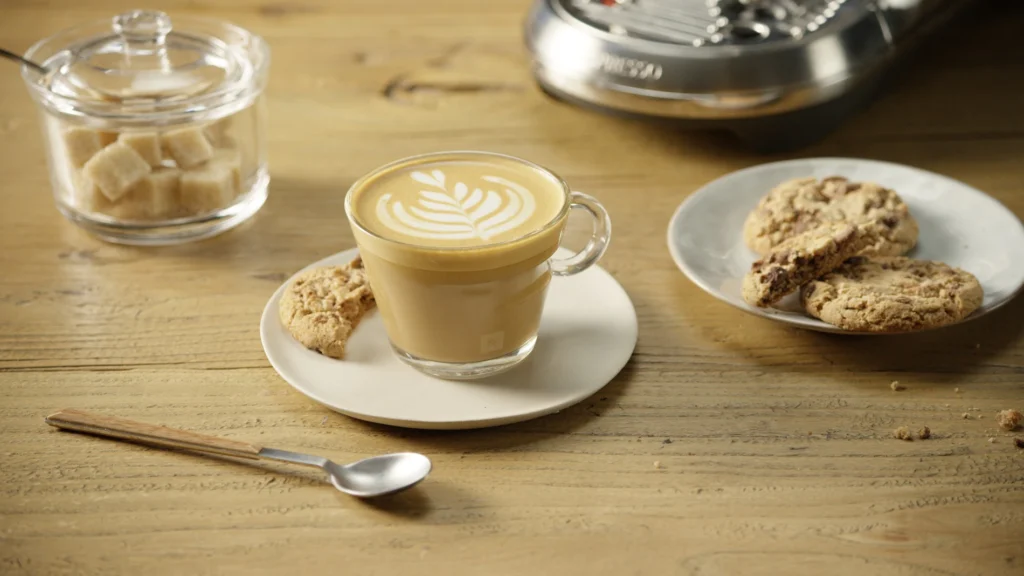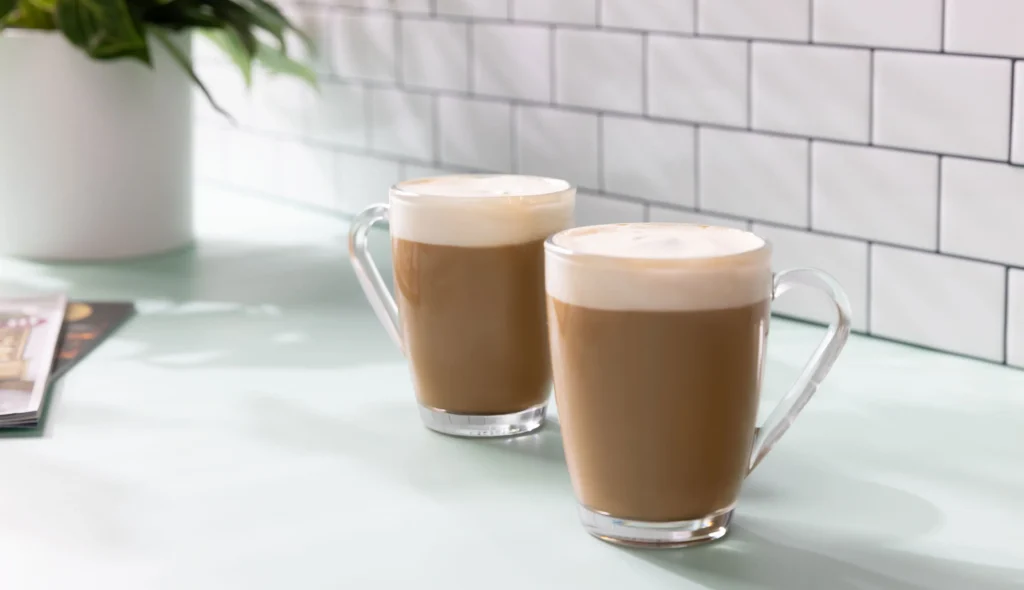Despite causing a great deal of controversy regarding its provenance, Australia and New Zealand are credited with developing flat white coffee in the 1980s.Monday’s Google Doodle honored the “flat white,” an espresso-based beverage that is thought to have its roots in Australia and New Zealand. The date of ‘flat white’s’ official 2011 inclusion in the Oxford English Dictionary is March 11.
While there is much disagreement on the origins of flat white coffee, both Australia and New Zealand assert that they invented the beverage in the 1980s. It’s still unclear exactly whence the flat white originated, though evidence points to it having developed separately in both countries.
Google Doodles are impromptu, short-lived changes made to the Google logo in observance of notable local and international occasions, holidays, and notable people who have influenced society.Doodles provide users a variety of interesting and engaging experiences in the forms of images, animations, slideshows, movies, and games.
Table of Contents
ToggleFlat White Coffee

It’s thought that in the 1980s, menus in Sydney and Auckland introduced the flat white, a beloved coffee beverage that consists of steamed milk poured over a shot of espresso.The Washington Post article, citing a food historian, speculated that the word most likely came from Australia’s coffee drink naming practices.
A regular espresso is called a “short black” in this context, a larger version with hot water added is called a “long black,” and a coffee with milk added is called a “flat white.”
How is it created?
A single or double shot of espresso is combined with micro-foamed milk to make a flat white. The smooth texture and creamy flavor of the beverage are enhanced by this micro-foam, which is created by aerating steamed milk.Careful heating and pouring techniques are necessary to achieve the ideal consistency and texture when making this drink.
Latte vs. flat white

Although they are both made with espresso, a flat white coffee and a latte are not the same. The size of their servings is one obvious difference.A 160–165 ml tulip cup is the ideal size for a flat white; this is a significant reduction from the glasses used for lattes and cappuccinos.
This variation has an impact on the ratio of coffee to milk, which in turn alters the flavor profile. A flat white has a higher coffee-to-milk ratio than a latte because of its compact design. As a result, even though the same amount of espresso is used as in a latte, it usually tastes stronger in a flat white. Conversely, lattes further dilute the espresso.







































Thanks for sharing. I read many of your blog posts, cool, your blog is very good.